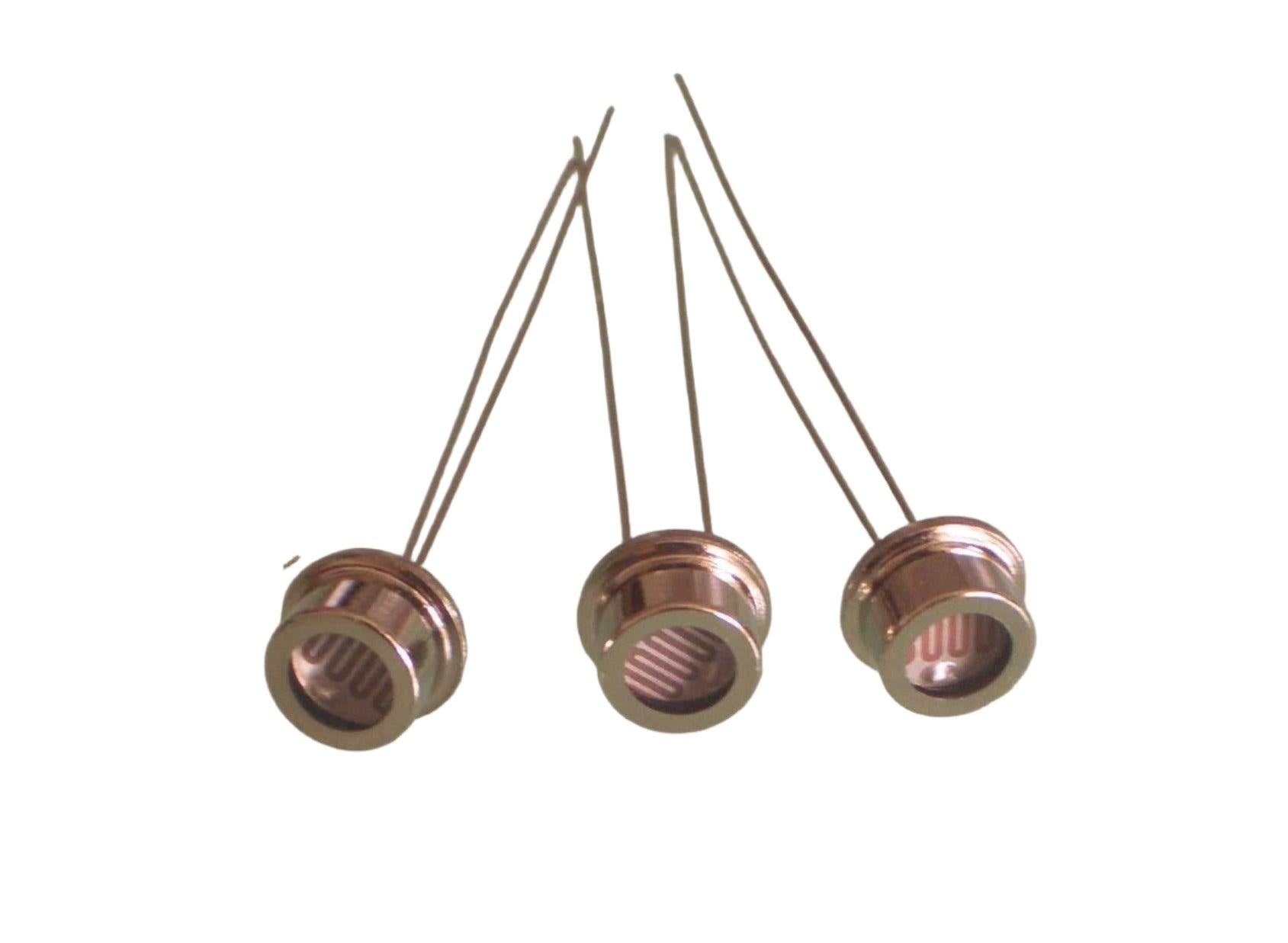Photoresistors still thrive in low-cost, low-precision scenarios like:
Toy light-activated switches
Basic ambient light sensors in DIY electronics
Industrial photocontrols with slow response needs
Their analog output and simplicity keep them viable for hobbyist projects and legacy systems.
Why Replacement is Accelerating?
Performance Limitations
Slow response time (milliseconds vs. nanoseconds in photodiodes)
Temperature instability and aging effects
Rise of Superior Alternatives
Photodiodes/Phototransistors: Dominate in LiDAR, optical comms, and high-speed detection.
Integrated Ambient Light Sensors (ALS): Found in smartphones, combining IR filtering and I²C output.
Photovoltaic + ADC Solutions: Enable self-powered sensing for IoT devices.
Industry 4.0 Demands
Smart factories prefer digital sensors with programmable sensitivity and no calibration drift.
Survival Niches
Photoresistors persist where cost beats performance:
Educational kits (e.g., Arduino light meters)
Disposable electronics (e.g., sunrise alarms under $5)
The Verdict
While not obsolete, photoresistors are becoming a "legacy component" outside ultra-low-cost segments. Silicon photonics and MEMS-based sensors will likely push them further toward obsolescence by 2030.


Share:
The Science Behind High-Frequency Laser Ranging
UV DLP vs LCD 3D Printing: Key Differences
2 comments
hd082v
hd082v